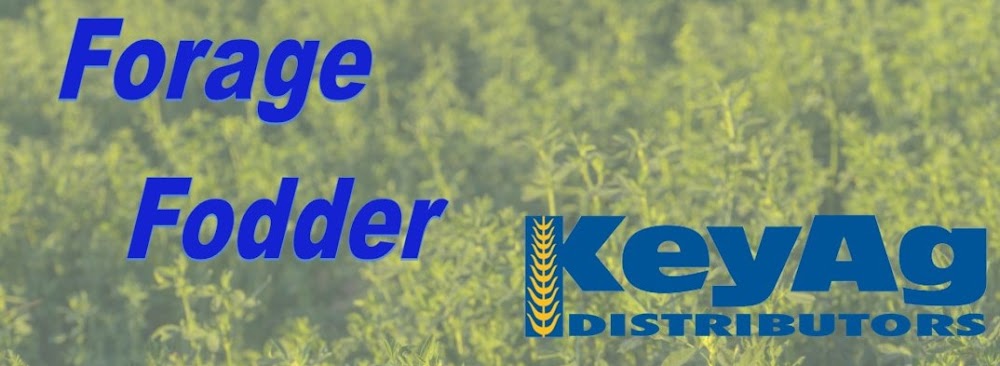Colorado—In the Feb. 24 report, compared to last report, trade activity light to moderate on good demand for horse hay markets. Trade activity light on moderate to good demand for feedlot hay markets. Bulk of trades went to stable and retail markets. Horse hay sold mostly steady this week. According to the U.S. Drought Monitor’s High Plains Summary for Feb. 22, following two weeks of worsening conditions across the central Great Plains, additional degradations were made to parts of Kansas and southern Nebraska. These degradations were supported by 30 to 120-day SPI and soil moisture indicators.
Missouri—In the Feb. 24 report, compared to last report, hay supplies are moderate, demand is light to moderate and hay prices mostly steady. It should be no surprise that the weather pulled the sixty to single digits again over the last week. Farmers once again saw sun, mud, snow, and ice as Mother Nature seems to have no clue what season it is anymore. March will arrive before the next report, a sure sign that spring and green grass will arrive before long. Many farmers are now counting calendar days and bales left in the pile, taking inventory and evaluating what needs maybe, if they have some to sell or what they might carry over. As a whole, buying needs seem minimal but there has been a bit more hay moving recently than as has been the case for most of the winter.
Nebraska—In the Feb. 24 report, compared to last week on comparable trades, good to premium bales of alfalfa and grass hay sold steady. Grinding or fair quality grass hay sold steady to $5 higher. Dehydrated high alfalfa pellets sold steady to $5 higher, sun-cured alfalfa pellets sold $10 higher. Ground and delivered hay in the Platte Valley sold steady to $5 lower, ground and delivered cornstalks steady. Ground and delivered alfalfa in the Panhandle sold steady. Demand was good for all classes forage. Quite a lot of hay moving as some ranchers are taking cows off winter range and heading to the calving lots. Cows need for hay will go sharply higher after calving for milk production and other needs. Mostly open winter continues throughout the state. Bitter arctic cold the last few days but a warm-up is on the way for March to come in like a lamb.
Oklahoma—In the Feb. 18 report, compared to the last report, winter weather allowed the hay market to stay steady. More moisture is still needed in the state to continue to help with the drought conditions and wheat pastures. Thus far, according to the Mesonet for most of the state is experiencing abnormally dry conditions or worse. In the Panhandle the drought conditions are exceptional, western Oklahoma is in extreme drought, central Oklahoma has moved into more an extreme drought, and eastern part of Oklahoma is mostly in a severe drought. The 6-to-10-day outlook is forecasting some more moisture. Next report will be released March 4.
Texas—In the Feb. 17 report, compared to the last report, hay prices are mostly steady in all regions. Hay demand has picked up, but truck shortages and increased freight costs by as much as 25% have slowed the hay trade some. As producers get ready to prep fields and begin planting for next year, inflation is on there minds both in the form of trucking and inputs needed to put up a quality crop. As a result, some producers are considering growing less forages for this upcoming year to try to manage the increase in input prices, and the difficulty finding trucking on the back side of the production. There is still a lot of off grade forages on the market, which has helped livestock producers manage through this dry winter and dwindling winter forages. The majority of the state could use some moisture, with the Panhandle and the west reporting the most extreme drought conditions. Next report will be released March 4.
New Mexico—The hay growing season is over. Last report for the season was issued Nov. 5, 2021. Reports will resume in April 2022.
South Dakota—In the Feb. 24 report, compared to last week, all classes of hay remain steady. Good demand remains for all types and qualities of forage yet the market activity has slowed considerably. Very cold weather, down to -15 to -20, along with some snow made for a difficult week. Hay supplies are very limited across the state, which is supporting the market. A large supply of corn stalks bales are available.
Wyoming—In the Feb. 24 report, compared to last week, alfalfa hay cubes and sun-cured alfalfa pellets sold steady. Few, large square bales of alfalfa sold steady with two weeks ago. Demand and buyer inquiry remains good. Blustery cold temperatures along with sub zero windchills the first part of the week as an arctic weather pattern moves through the region. Some areas of the state report snow on the ground. Per NRCS in Wyoming this week average snowpack is at 84% for the state. Same week last year was at 92% and in 2020 was at 116%. With the flip of the calendar to March next Tuesday, some farmers will start thinking about getting their barley planters field ready.
Montana—In the Feb. 25 report, compared to last week, hay sold generally steady. Hay movement was slow again this week, but producers say more interest was seen as ranchers dealt with extreme cold and snow. Hay is very limited as most producers have already or are close to selling out for the season. Hay continues to be delivered into the state for $315-$345 delivered. According to the drought monitor 88.93% of the state is in moderate drought or worse; 85.38% of the state is in an severe drought or worse; 49.42% of the state is in extreme drought or worse; 5.34% of the state is in an exceptional drought.


No comments:
Post a Comment